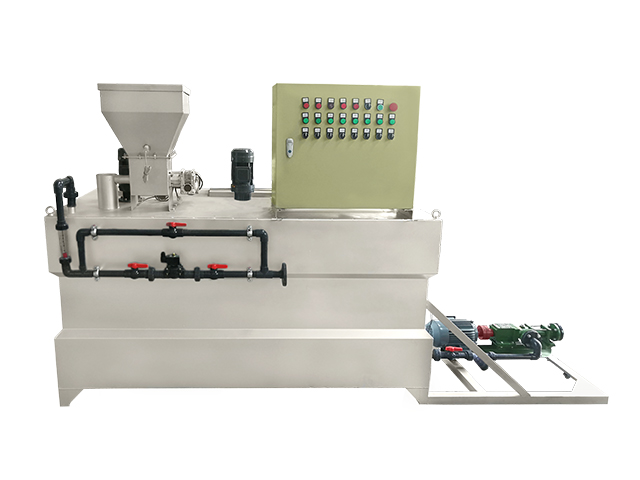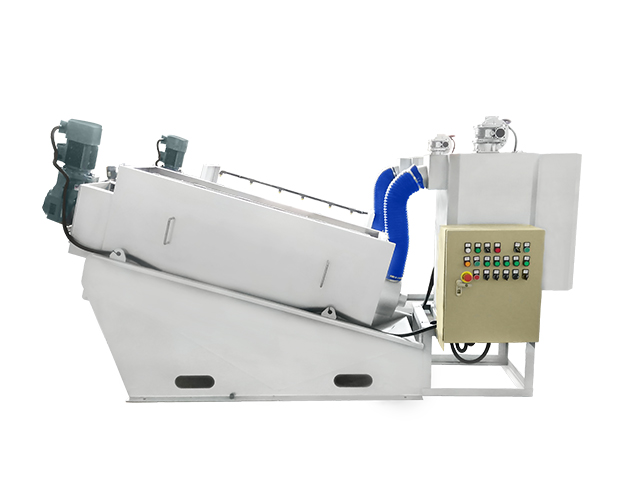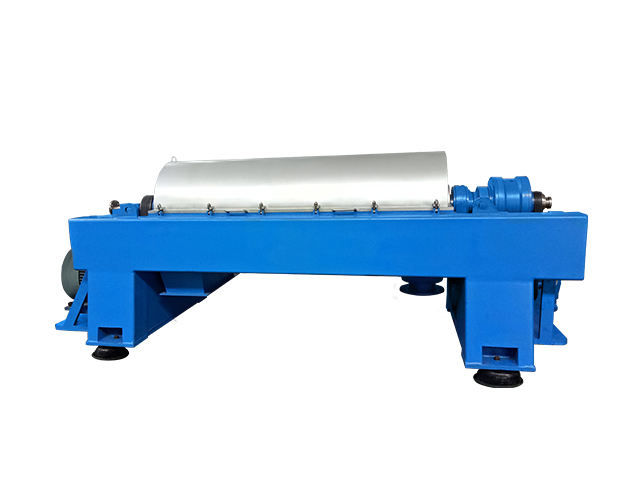
Effect of decanter centrifuge in treating waste mud
Industry News
For a long time, the treatment of waste mud is a more complex problem. This is because the waste mud composition is complex, which contains a large number of clay soil, sand soil, gravel soil, weathered rocks, minerals and cuttings, etc., its own consistency is relatively large, neither directly discharged, and difficult to natural settlement. Next, we analyze the treatment of drilling mud in the spiral sedimentation centrifuge.
If not handled in time to these mud, it will not only affect the site construction, and will also form environmental pollution or water pollution and other public hazards. So what about the horizontal decanter centrifuge? The traditional methods used in the past always have some defects. After using the horizontal decanter centrifuge, the mud can be dehydrated to improve the dryness of sediment and reduce the volume.
More importantly, after the treatment through the horizontal decanter centrifuge, the mud transport and discharge costs can be significantly reduced. And in the process of separation through the equipment, during which the solid content of the liquid decreased significantly, can also return to the mud tank, at any time to adjust the mud concentration, is conducive to progress in drilling speed and hole quality.
Combined with the above treatment, it can be seen that the horizontal decanter centrifuge is a new type of high efficiency and energy saving solid-liquid separation machinery. Generally, the equipment is mainly composed of rotary barrel, screw pusher, differential, power and main parts of the frame.
Compared with other treatment methods, the advantages of horizontal decanter centrifuge are obvious:
1. The equipment is compact in structure, small in size, light in weight and relatively easy to move under the same processing capacity;
2. Large handling capacity, good separation performance and wide application range;
3. High solid phase recovery, low operation cost and strain-free filter cloth;
4. Active continuous operation, operation, use brief.


